Before I left for Easter Island, I was charged by one of my work gigs with doing some research (and writing) on the island. This was nearly a first for me. I am the person who managed to go to Milan and failed to see the Last Supper because I simply didn’t know it was there. And you’d think I’d have learned my lesson from this tiny snafu, but I have not. I continue to go places without exactly honing in on details before landing. For the most part, it works out.
But I knew more than a smidgen about Easter Island. I had even sort of vaguely plotted out a bikeride before leaving the continent (that’s what they call continental Chile, the continent, or even “conti” which makes it sound like we all live in the village of Constanza, for which Conti is also a nickname. I had learned the names of the four volcanoes, and could even name several of the platforms on which the moai stand, and had planned to go horsebackriding and even scubadiving. I had looked at pictures of the two major clubs/discos on the island (Toroko and Topa Tangi), and I had hoped to go to both of them (and I did).
But one of the things I asked myself, which has a whole lot to do with language, which Pam has identified as one of the things I blog about the most (which was confusing at first, because I thought it was culture, but then I realized she was correct, and also a very good houseguest), and which I could find no trace of, in written or online sources is whether or not there would be any hanga roas in Hanga Roa.
A hanga roa is what we (on the Chilean continent) call the vertical sliding shades comprised of strips of bamboo or other thin wood woven together with brown string. They run on metal tracks off of small plastic bobbins, and you pull them across a doorway or balcony to keep the sun out. It took me a while to catch on to the name, and then I classed it together in my mind with salsa americana (american sauce, a bit like pickled cabbage and carrots, not to be confused with chucrut, which is sauerkraut), or cocina americana (literally: American-style kitchen, meaning an open plan kitchen)
I always like to have a secret mission behind the mission at hand (a week of vacation!), and it was to see if there were any hanga roas (see explanation) in Hanga Roa, which is the main town of Easter Island.
And I looked near the horses (the ones in town, there were horses pretty much everywhere):
And down the main street:
And at the stop sign near the library:
But I never saw a hanga roa. Maybe it’s like this sign for jabón gringo (gringo soap), which I’ve never seen before either. A misnomer by any other name would be as sweet-smelling and/or shady.



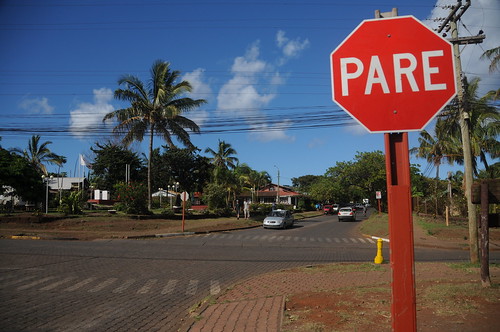
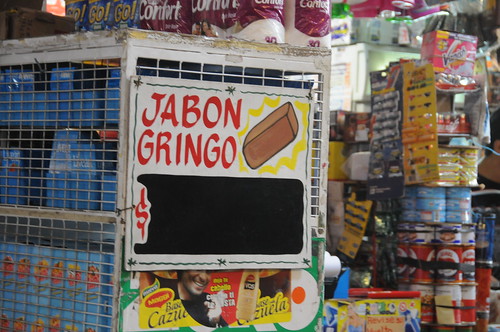
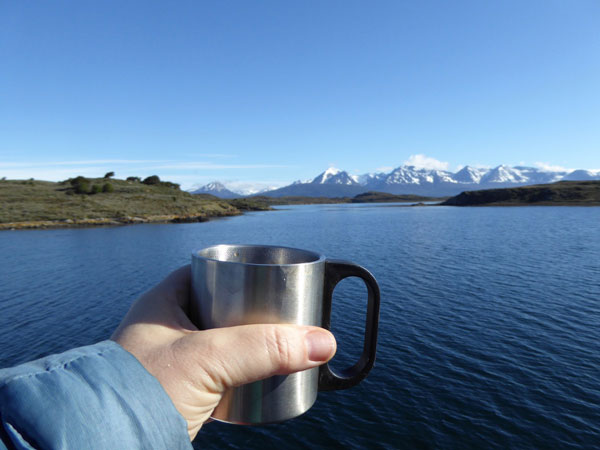
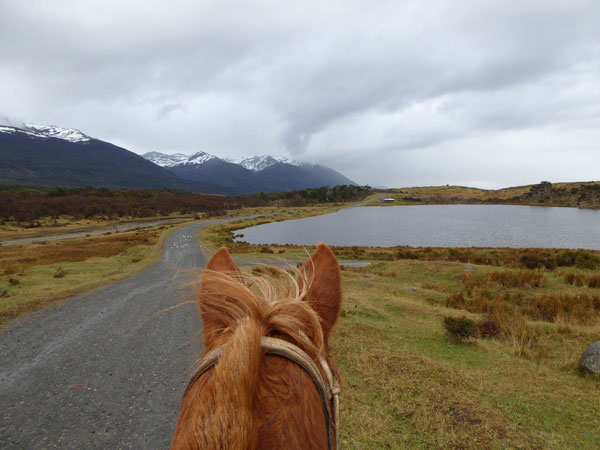


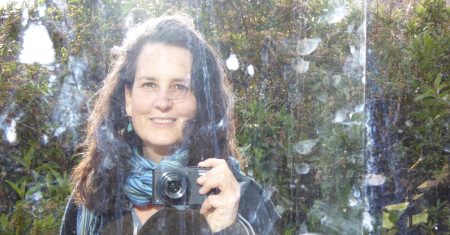
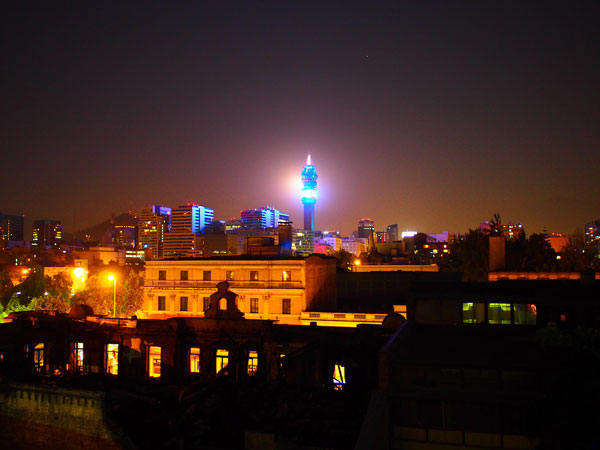
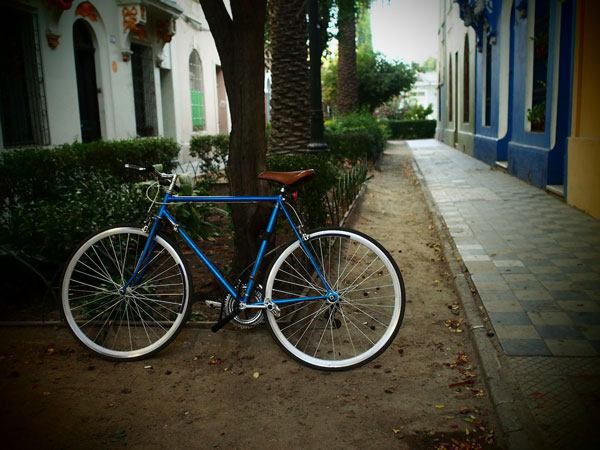


Yep, I agree with Pam. You’re a language geek at heart (but you really DID know that, right?) I mean read your blog! I learn l,ots of language stuff from you… such as hanga roa… ni idea! Never heard that before, but, come to think of it, haven’t spent a lot of time around those slidy curtain things–maybe because I don’t have a balcony?
but what I REALLY want to know is what the gringo soap is!! Dove? Dial? Palmolive? Or maybe Popeye? (which I’m pretty sure is a Chilean invention with a gringo name!)
My first experience with “Hanga Roa” was a street name of the first neighborhood where I lived in Puente Alto. All the street names were from Easter Island. I lived on Anakena. One thing Chilean street names are good for is both a history and geography lesson.
I couldn’t agree with you more on the geography lesson and history. September 11th! A main street! I particulary love how all the like-named streets will be near each other, so if you need Azucena, check out a street called los claveles or las amapolas, as it’s likely to be nearby!
A friend of mine on Flickr says it’s Popeye, which for those who don’t know, is a dark bar of soap used as detergent to wash clothes. It tears up your hands, which I know because it’s what we used in Ecuador to handwash, though I haven’t used it here, what with the magic of OMO, and washing machines!